Nolumbeka Project working with Conway School to preserve Wissitinnewag site in Greenfield
| Published: 06-26-2024 4:59 PM |
GREENFIELD — The Conway School of Landscape Design is working with the Nolumbeka Project on designs to preserve the 61-acre Wissitinnewag site in a way that makes it more accessible through an efficient trail system and parking area, while also ensuring the historic area doesn’t suffer further damage.
The property, located near where the French King Highway meets Route 2, was formerly the Mackin sandpit. It was purchased on March 30, 2001, for $780,000 by the Friends of Wissatinnewag, which blended into the Nolumbeka Project in 2013. Controversy over the land dates back to 1964, when archeologist George Nelson observed the excavation of human skeletons from the site, ending after the Native American Graves Protection and Repatriation Act (NAGPRA) became federal law in 1990.
“When the Nolumbeka Project and the Friends of Wissitinnewag purchased this, within a few months we applied for and got a conservation restriction,” said Nolumbeka Project President David Brule. “The land is protected in perpetuity from any development. … What that conservation restriction means is it creates a whole list of prohibited and permitted uses.”
The Nolumbeka Project, a nonprofit dedicated to the preservation of the history of Indigenous people, offers tours of the Wissitinnewag site. Plants and trees have started to grow back since excavation halted, with the Nolumbeka Project building gardens and a gazebo called the “Wlipeamskut,” which means “good welcome place,” in local Native languages.
“We’re helping the Nolumbeka Project set the place up with trails to be able to give public tours of the space and tell the truth about Native people in this region,” Conway School of Landscape Design student Ben Silverstone explained. “This is a gaping scar in the Earth that is impossible to hide like much of the colonial history here. This is a really striking place to come and to sort of experience the reality of colonial violence, Native American history and intact archeology on the site, which is quite spectacular.”
The Conway School offers an accredited graduate program focused on sustainable land planning and design. Through its 10-month program, students learn whole-system design thinking by working on real projects with client partners in New England and adjoining states.
Conway School of Landscape Design Projects Manager CJ Lammers contacted Brule and the Nolumbeka Project several years ago to offer their services to help protect the Wissatinnewag site. For their final project, Silverstone and Kerry Morgan are working to design ways to preserve the site to make it more accessible without further damaging the land. This involves designing an efficient trail system and a parking area.
“In the spring term our students work in teams to do design projects that have an ecological design basis,” Lammers explained. “They’re kind of working through these challenging questions as they figure out how to interpret the site. What’s the appropriate storytelling?”
Article continues after...
Yesterday's Most Read Articles
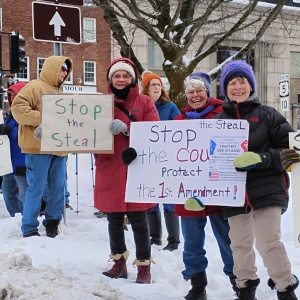 Local ‘Hands Off!’ standouts planned as part of national effort
Local ‘Hands Off!’ standouts planned as part of national effort
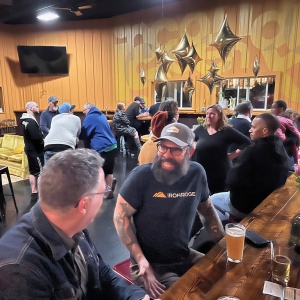 Incandescent Brewing now open in Bernardston
Incandescent Brewing now open in Bernardston
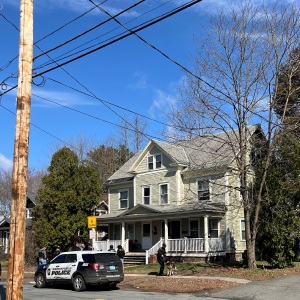 Two arrested on drug trafficking charges in Greenfield
Two arrested on drug trafficking charges in Greenfield
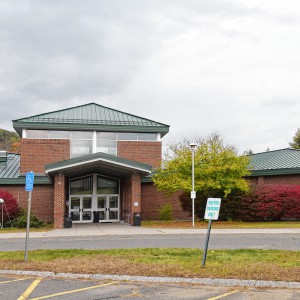 Berkshire DA says no crime occurred in student-officer relationship at Mohawk Trail
Berkshire DA says no crime occurred in student-officer relationship at Mohawk Trail
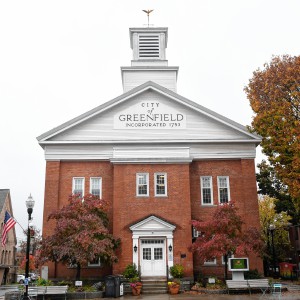 Proposed ordinance would make Greenfield a ‘sanctuary city’ for trans, gender-diverse people
Proposed ordinance would make Greenfield a ‘sanctuary city’ for trans, gender-diverse people
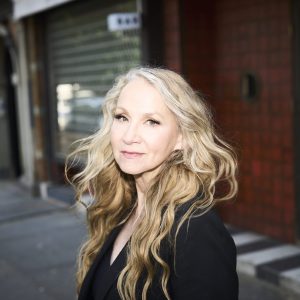 Sounds Local: A legend pays tribute to an icon: Seven-time Grammy-nominated Joan Osborne brings Bob Dylan repertoire to Shea Theater
Sounds Local: A legend pays tribute to an icon: Seven-time Grammy-nominated Joan Osborne brings Bob Dylan repertoire to Shea Theater
Silverstone emphasized the project’s goal is to offer ways to make the land open to various Indigenous tribes through various design methods.
“It’s design, but we’re not designing this site,” Silverstone said. “We’re designing a process of engagement with the land and with the people.”
One of the challenges the group has been facing is addressing accessibility while protecting the land. Brule and Silverstone emphasized that entering the private site without permission is currently not welcomed and they have noticed tire tracks from various vehicles, which they believe to be dirt bikes and all-terrain vehicles (ATV).
“You can see wheelie tracks,” Silverstone said. “They are not welcome to be here. The land is posted with no trespassing signs and they are also on top of a burial ground.”
Brule and Silverstone admire the land not only as an important historical site that needs preservation, but also as the habitat for various forms of wildlife. The site, which was once a flat, bare piece of land, has seen the return of various species of plants, trees and animals.
“Nature is sending in various plant forms and pioneering trees to reclaim this whole bare spot,” Brule said. “This was totally flat land, bulldozed for decades.”









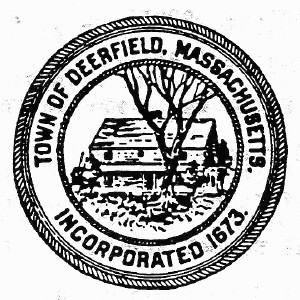 New panel to review senior housing proposals in Deerfield
New panel to review senior housing proposals in Deerfield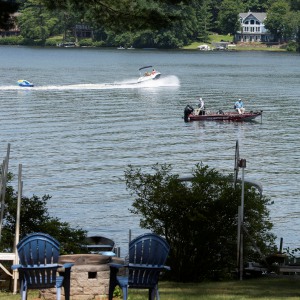 Shutesbury reviewing how to improve safety on Lake Wyola in wake of accident last summer
Shutesbury reviewing how to improve safety on Lake Wyola in wake of accident last summer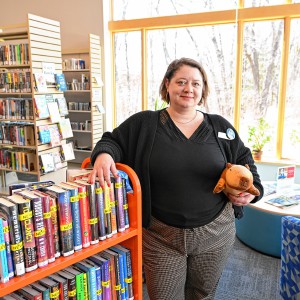 Local libraries react to state funding cuts, federal administrative leave
Local libraries react to state funding cuts, federal administrative leave Colrain zoning board approves variance for Call Road cell tower
Colrain zoning board approves variance for Call Road cell tower
